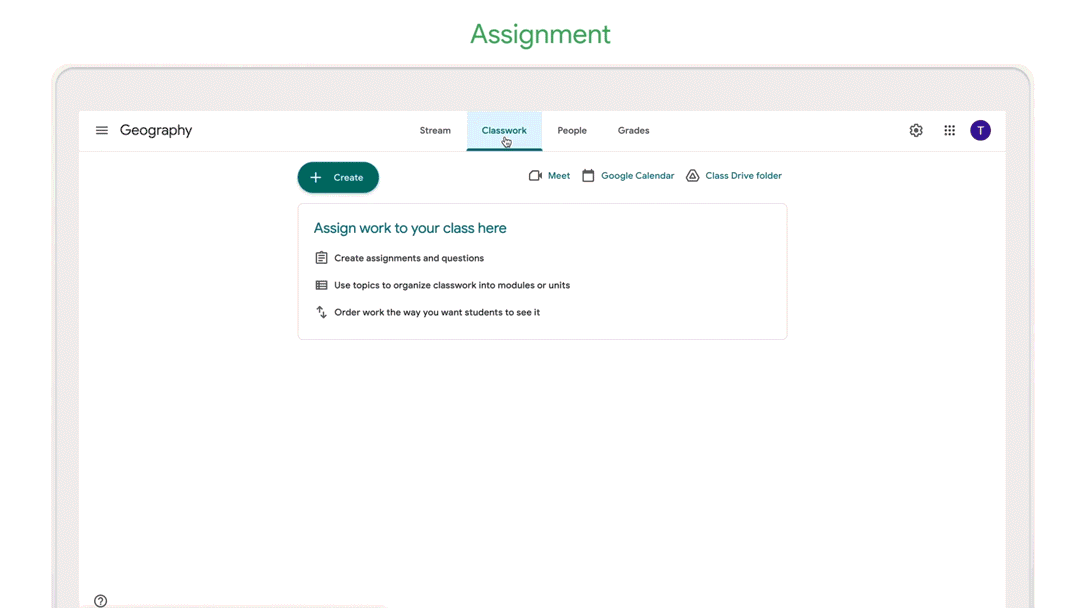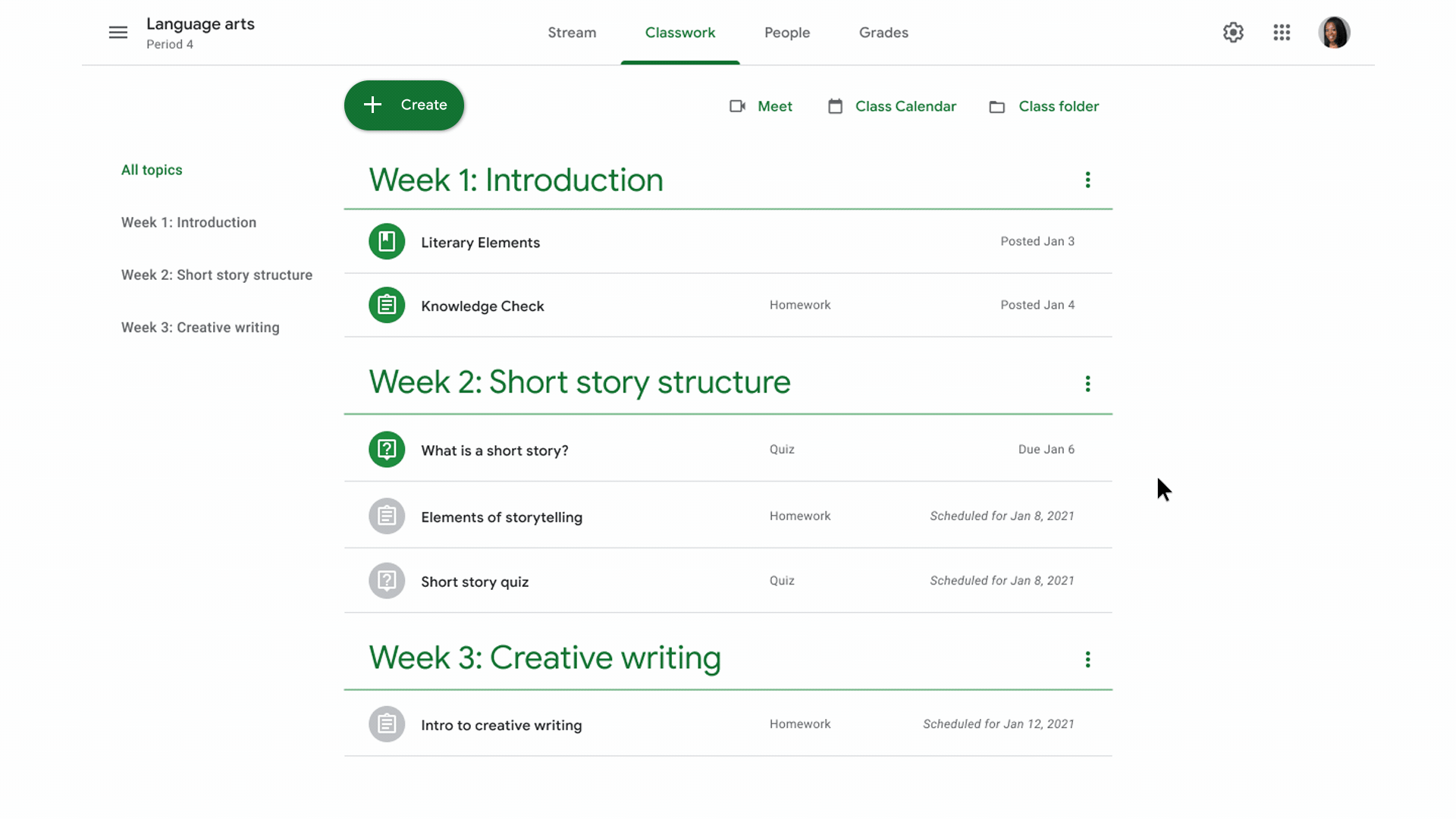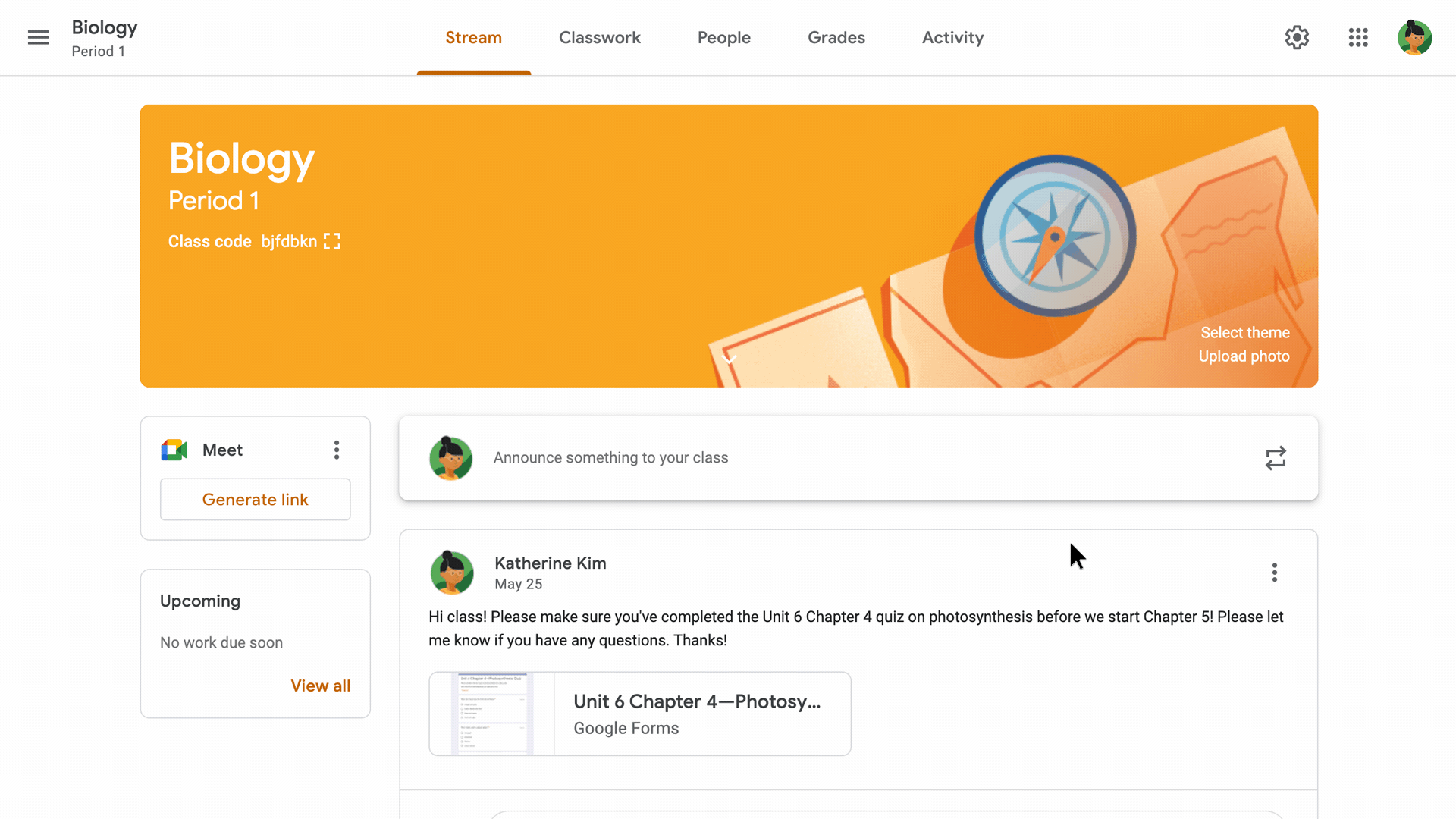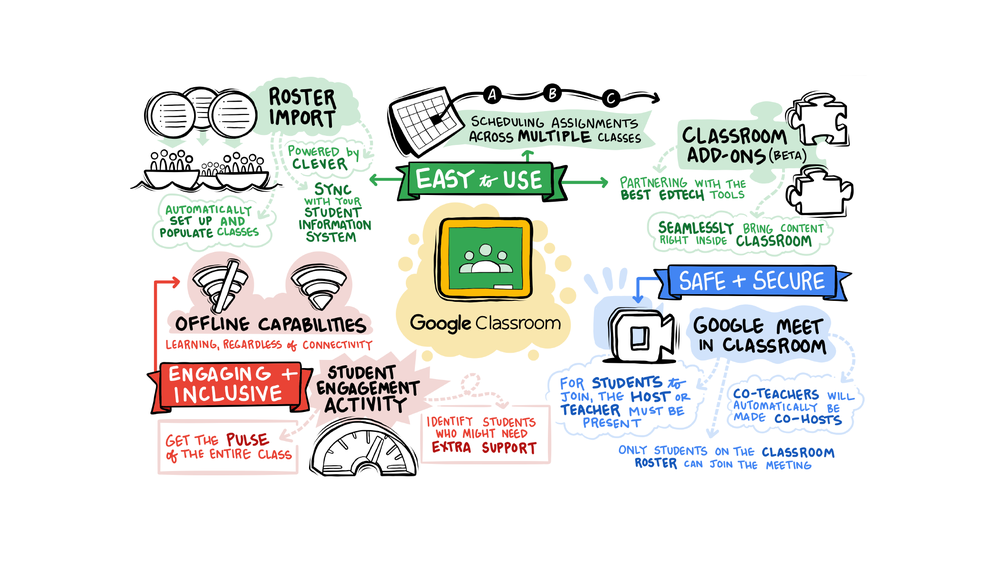Over the past year, the use of educational technology has skyrocketed as schools struggled to keep students learning. As some students return to their classrooms and others continue learning from home, we are optimistic about the role educational technology can play in helping teachers and school leaders make up for lost time.
We saw Classroom become a teaching and learning hub for millions of teachers and students this year, and many schools now use Classroom as their learning management system (LMS). This was only possible thanks to the support and feedback from teachers around the world. We were amazed at how quickly they learned the tools and put them into practice.
Change in education is inevitable. As institutions’ needs evolve, Classroom will keep pace. Today, we’re sharing some important updates to the features we previously shared in our roadmap, as well as some new ones that we develop with the contributions of teachers and educational leaders:
Roster Import: Starting this summer, districts across the US with Google Workspace for Education Plus will be able to automatically set up classes and keep rosters in sync with their Student Information System, powered by Clever. IT administrators will be able to create and complete classes through Clever, saving teachers valuable preparation time.
Classroom Add-ons: Coming into beta later this year for districts with the Teaching and Learning Update or Education Plus, Classroom Add-ons They allow you to bring your favorite content and activities from the best educational technology tools directly within Classroom. Administrators will be able to pre-install add-ons for multiple teachers or groups at a time.
We started with nine partners, including Adobe Spark for Education, BookWidgets, CK-12 Foundation, Edpuzzle, IXL, Kahoot!, Nearpod, Newsela, and SAFARI Montage, with plans to expand to many more. Below is an example of how Bookwidgets uses plugins to make it easier for teachers to assign an activity and for students to complete it, without having to leave Classroom.

Scheduling assignments across multiple classes: Later this year, this most in-demand feature will help teachers and co-teachers easily schedule assignments for multiple classes.
 < /figure>
< /figure>Offline Capabilities: Coming to the Classroom app for Android in a few months, offline mode will allow students to start their work offline, review their assignments and attachments, as well as type assignments in Google Docs, all without an Internet connection.
Student Engagement Activity: Later this year, teachers will be able to easily see when a student was last active, including when they last submitted work or participated in class through feedback with a panel of student engagement activities.

Google Meet in Classroom: In the coming months you will see updates on how teachers can use Google Meet in Classroom, making it easier, safer, and more secure. First, all co-teachers in a class will also automatically be co-hosts of the meeting, and only students listed in Classroom will be able to join the meeting. Students will then need to sit in a “waiting room” until a teacher has joined the meeting link. And finally, guests outside the class list will have to “request to join” so that no unwanted participants enter the meetings.
Educator feedback makes Classroom better every year. With your feedback and ideas, we will continue to work together to ensure that teaching and learning is possible for all teachers and students from all devices anywhere in the world.
By Akshat Sharma. See the full article here.



